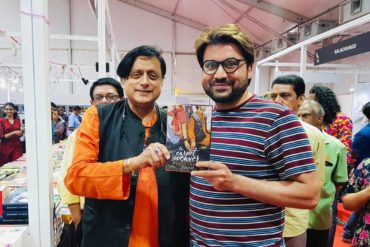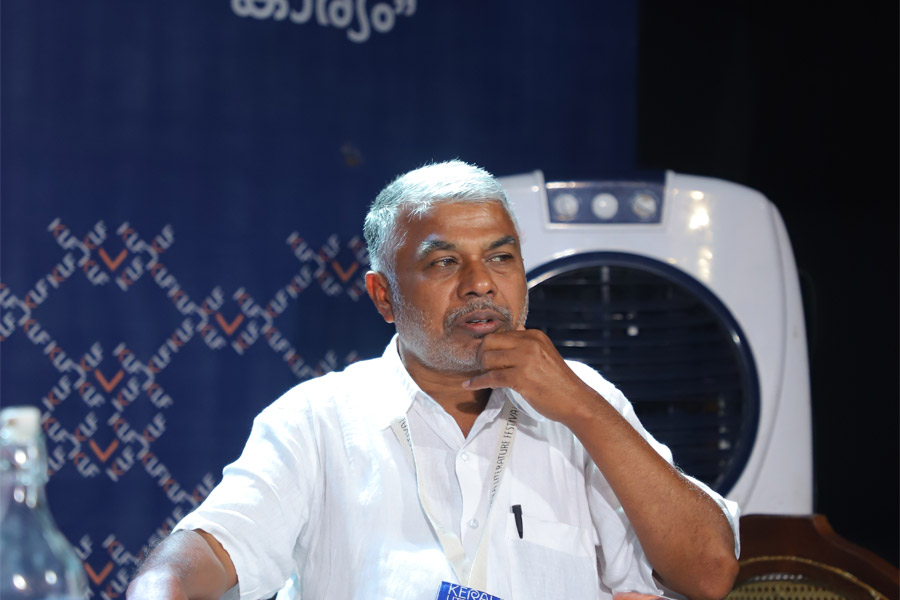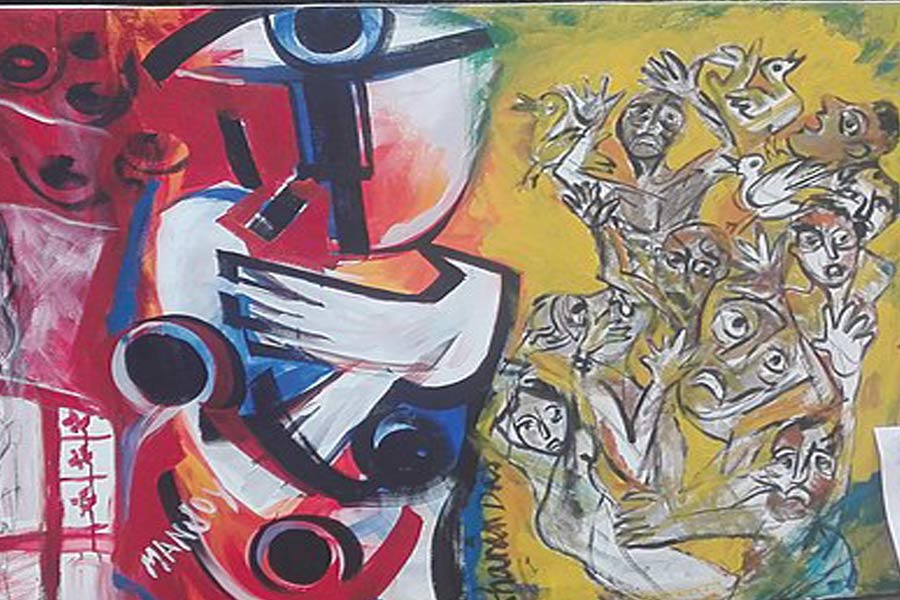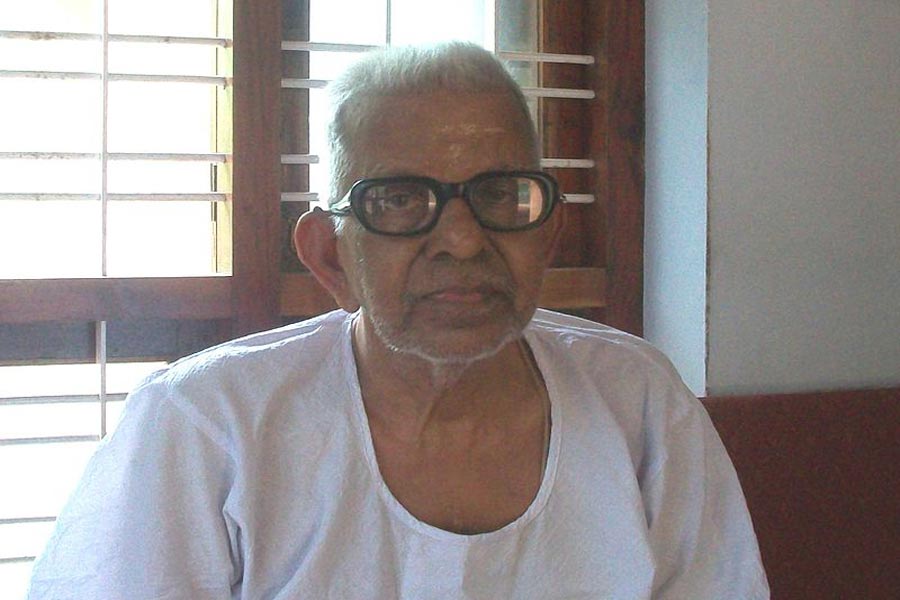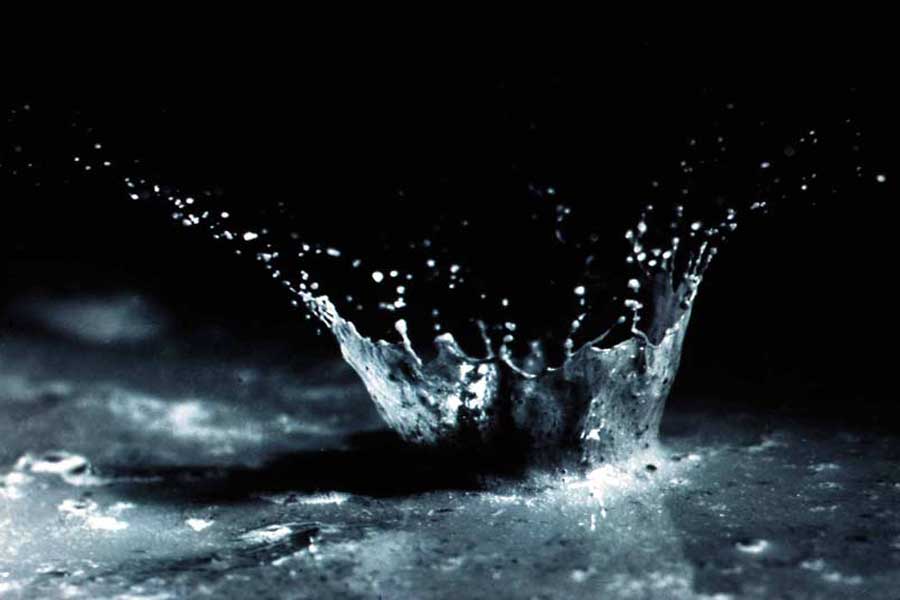
As the first drops of rain touch the parched earth, one experiences petrichor—the unique smell of the earth, as she embraces a bit of the heavens and holds it dearly to her bosom. Much has been written about the Monsoons in India—our music, literature and arts have been richly embellished with the rhythm of Monsoons. It has inspired poets and musicians, writers and artists.
Like all auspicious beginnings, a Vedic prayer where the rain is seen as blessing seems like a perfect start:
May the rains come on time;
May the earth bend with the weight of food grains,
May this land be free of scourge,
May the learned be fearless,
May the poor become wealthy and may all live a hundred autumns,
May the childless have children and those with children have grandchildren,
Lord, give all people a life of well-being….
In the Rigveda, the Monsoon is described as a period of meditation and fasting, while Kalidasa has romanticised the Monsoons in his classic Meghaduta and his epic Kumarasambhava. In Meghadhuta (Cloud Messenger), a banished Yaksha (a celestial attendee) is wandering gloomily in the wooded hills pining for his love. He sees a “dark cloud around the mountain clung” and his spirits lift for “what hope was his! Yet fancy found!” and as the title suggests he asks the monsoon cloud to carry a message to his beloved. If it’s about a rain bearing cloud in Meghduta, the epic poem Kumarasambhava delights us with the first raindrop of the Monsoon that falls on Parvathi as she meditates:
Lingered for a moment upon her eyelashes,
struck her lip, burst into spray upon falling onto her breast,
and then slid over the folds of her stomach,
coming to rest at her navel.
the first raindrop of the Monsoon.”
Awadhi Proverbs
The description of rain is abundant in Awadhi dialect too. The proverbs tell us how to look for the arrival of the Monsoons in nature. Sample this: If an ant carries an egg from one place to another and if a bird bathes in dust, then it denotes rain in good measure.
If the sky is filled with black clouds, don’t panic because its grey clouds that showers.
When it’s windy for days together and dust rises in the air, then it indicates that monsoon is very near.
Hindi Literature
When you refer to modern Hindi literature the first thing that comes to one’s mind is the Hindi play Ashad ka ek din (One day during the Monsoon) where rain is used as a metaphor. The play tries to delve into the mind of poet Kalidasa when he wrote Meghaduta. The playwright, Mohan Rakesh presents Kalidasa in a new light and he questions the artistic insight of an individual who abandons his love.
The protagonist of the play, Kalidas, a poet, is in love with a village maiden. The play begins when wet from the rain, Mallika returns home after meeting Kalidas. Ambika, her mother, refuses to accept their relationship. And when Kalidas gets an opportunity to become the poet in the king’s court, he leaves everything and joins the court. Rain is depicted during the crucial moments in the play. Critics have pointed out that what the playwright is trying to highlight is that the torment that Kalidasa felt in this separation was poetically replicated in Meghaduta.
Manipuri Literature
In Meitei tradition there are numerous oral narratives and rituals that speak of the rain. There exists a peculiar tradition of rain making and rain stopping ceremonies adopted by the ancient Meiteis. Whenever rain is scarce, the priest and experts perform rain-calling rites at Nong ju Khong. One of the most accepted folk songs of invoking Soraren (the King of Gods, Rain and Thunder) is known as Nonglao Eshei
O rain, pour down
Sink the peak of langjing
Float along maidens of Patsoi
Let the youth of Unam pick them up
Sangam Literature
Sangam period is one of the early periods of Tamil Literature and it’s considered as the Golden age. Kapilar’s poems exalt rain with a richness with an unbounded exuberance.
Long live my mother!
Please listen! You millet fields will not dry up
Look at the rain clouds over his
Beautiful high hills, like fat covering fatty meat!
In the poem Let’s take a dip in his water, Kapilar dwells at length on the rains
The clouds, having drunk
a lot of water from the distant sea,
look like war elephants of kings
whose army, heralded by drums,
has a range of weapons.
Another work of poetry from Sangam era is that of Kurontokai which uses the rain as a metaphor for love and longing.
What could my mother be to yours?
What kin is my father to yours anyway?
And how did you and I meet ever?
But in love our hearts are as red earth and pouring rain
Mingled beyond parting.
Malayalam Literature

According to scholar C R Rajagopalan, Chandrolsavam, a 14th century epic poem is among the earliest to reference the Monsoon in Malayalam literature. The rain, like a mother to her child, flies across the ocean to nurture Kerala. He further says The Kannassa Ramayanam, another 14th century literary text, compares the rain to an actor on a stage, with lightning as lamps and peacocks as dancers.
Malayalam fiction too has its fair share of rain scenes sometimes inundated with it. Jnanpith swardee Thakazhi Sivasankara Pillai’s short story Vellapokathil (During the Flood) is a classic rain story. It narrates how a flood envelopes the entire village and the water reaches the neck of the deity of the temple. A dog is left behind by his family. We feel the helplessness of the poor dog as the water rises.
In M T Vasudevan’s short story Perumazhakku Pittennu (A day after the down pour ) rain enhances the narrative. Rain finds mention in Sugathakumari’s and K. Satchidanandan’s poems too.
Thus it’s beyond doubt that the Monsoon is depicted in all of our literature and songs. It’s the inspiration for our poems and ragas. As it’s often said: there’s beauty everywhere, one only needs to find it. There is no better time than the Monsoon to find it.

